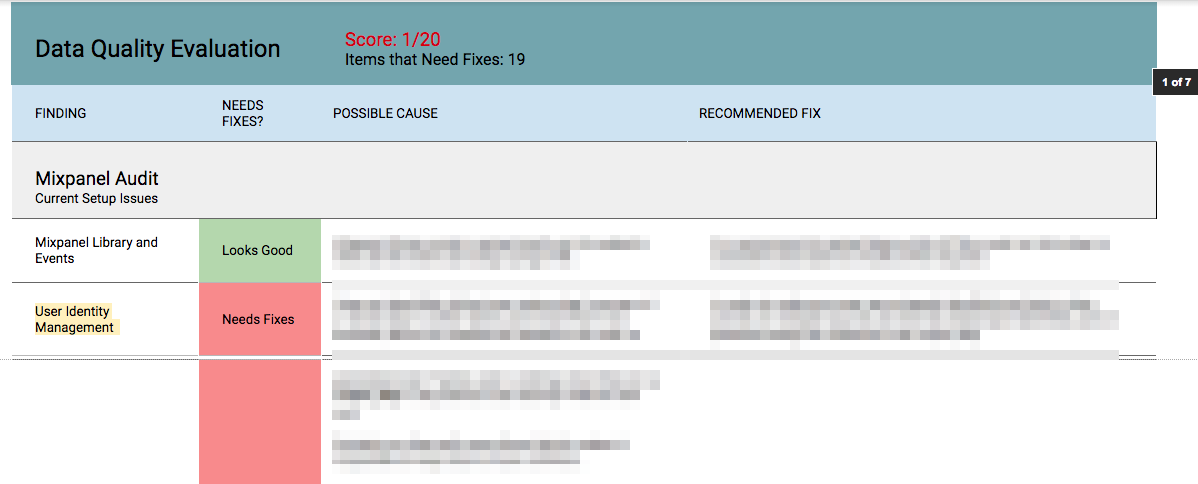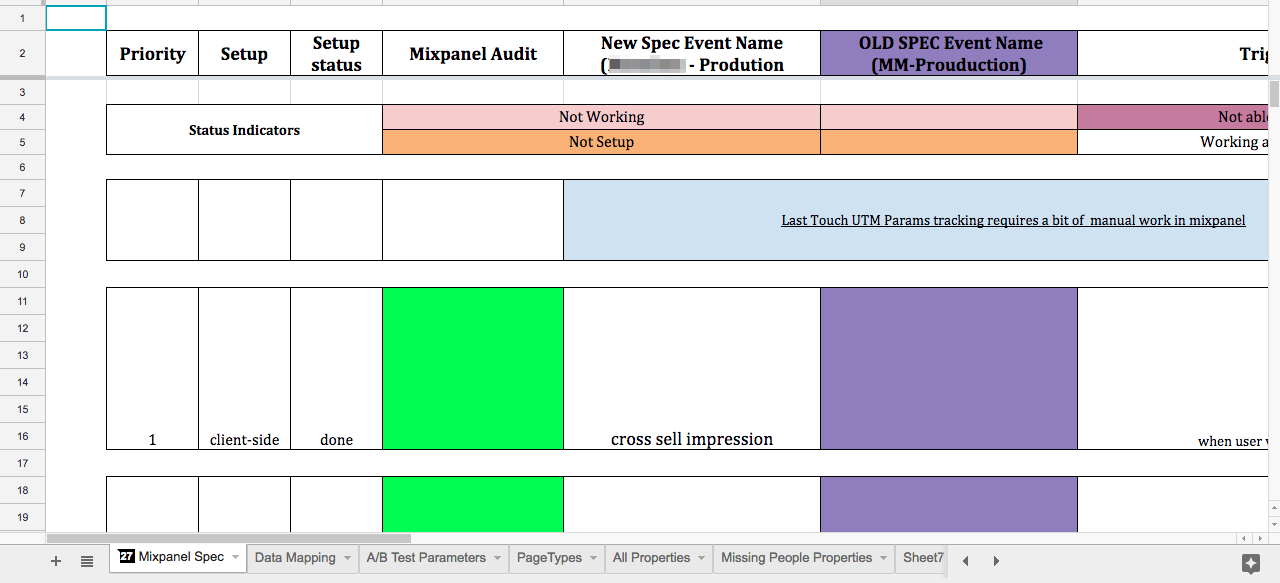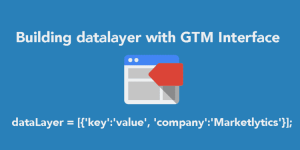
Disclaimer: Due reasons concerning client privacy, we will not be using the real names of any companies involved. We will, instead be referring to them as “The Luxury Palace” and “Tour de Globe”
Our client, The Luxury Palace, one of the top Hotels of the world, is a leading global lodging company that spans well over a hundred countries. Right from the very beginning, they have represented luxury hotels helping travelers locate accommodations that meet the standards of excellence around the world.
Last year, The Luxury Palace, teamed up with a cutting edge startup, Tour De Globe, to launch a new product, that would improve the overall experience of a visitor’s stay. Helping them experience their destination with unique local experiences.
In order to make things more cost effective and for the sake of collecting all their data related to the campaigns on a single tool, they decided to use Mixpanel.
Even though, Mixpanel comes with a whole lot of advantages, the main reasons to have chosen it specifically, are listed in the following.
-
Being able to calculate the customer lifetime value is easier in Mixpanel
-
Measuring user behavior is more convenient in Mixpanel.
-
Mixpanel, being an event centric tool makes it easier to measure individual user behavior across the purchase funnel
Before we started collaborating, they had already installed Mixpanel via the Google Tag Manager. (A detailed walkthrough for doing this is compiled right here in case you’re interested in finding out how it’s done.) However, they weren’t leveraging Google Tag Manager’s ability to extract data from the site and reuse it easily.
What We Did About The Situation

We decided that starting off with conducting a Mixpanel audit of their existing setup was the best way to get upto speed. The purpose of this audit was to find issues, if any, with their implementation and recommend possible improvements that would then allow the team to understand the usage more clearly.
Once that was done and out of the way, onwards we went, onto creating a spec to help us outline all actions and data points we needed to collect, and use it as a source of truth for all stakeholders in the marketing and product teams. This was a collaborative effort with input from both The Luxury Palace, and Tour De Globe’s marketing, analytics and product teams.
Lastly, we worked on the recommendations we made in the Mixpanel audit report to acquire the results the client team wished to see. Although the whole procedure involved a number of activities, described below, are the main steps we followed, in detail.
1. Conducted a Mixpanel Audit – Say “hello” to my little finding!
Our first step, as mentioned earlier, was to carry out a Mixpanel audit since they already had it set up on their website. We created and followed a twenty point checklist to verify data quality, configuration and setup issues.
“We created and followed a twenty point checklist to verify data quality, configuration and setup issues.”
After testing, we found that almost all data quality factors could use a little tweaking. In the data quality report, we listed down everything we tested with possible causes of issues, if any were found, and our recommendations to resolve them.

2. Created Spec – On we go, onto the spec.
Next, we created a complete specification of the data we needed to succeed. This consisted of;
-
All the events that needed to be tracked in Mixpanel
-
Triggers for each event
-
The status of each event and the person responsible to complete and verify each task.

The spec file was created to help and be used by us and the team at The Luxury Palace to monitor the status of all tasks.

3. Simplified Marketing Attribution – Keeping Things Simple
One problem that the team at The Luxury Palace was facing was attributing the traffic to the right source in Mixpanel. This was because Mixpanel itself, doesn’t feature a concrete attribution modeling system.
To handle this unique situation, we used our traffic source tracker library to store all the parameters that came along with the URL, in a cookie.
We then built a custom attribution model to blend all the attributes of traffic, UTMs, referrers, internal promotion parameters into a consistent set of properties. This made sure the team was not looking up multiple properties and always had a single source of truth for attribution.
Some of the internal promotion parameters were random ids which were hard for analysts to understand so we created a lookup table in GTM to maintain a list of the parameters and assign each parameter it’s respective traffic campaign, source, & medium. So whenever a specific parameter appears in the URL, it’s source details will be forwarded to Mixpanel.

“We created a lookup table in GTM to maintain a list of the parameters and assign each parameter it’s respective traffic campaign, source & medium.”
The entire purpose of carrying out this procedure, was to help them attribute their internal traffic and external promotions to their respective traffic sources, which would in turn, show them exactly how much revenue they generate with each traffic source.

4. Speeding up Implementation of Analytics without soaking up Engineering
While The Luxury Palace and Tour De Globe were gearing up for a public launch and engineering time was more scarce than usual, we worked with the engineering and marketing teams to figure out tolerance of accuracy for various events. Events that had higher tolerances were done using GTM to scrape data from the page while critical events, used to track revenue etc were worked on by engineering. This hybrid approach ensured that at the time of the public launch all key events were ready and tested.
“Events which had higher tolerances were done using GTM to scrape data from the page while critical events, used to track revenue etc were worked on by engineering.”
5. Progressively Enhancing The User Profile
The client team was also interested in a way to store individual user data so they can use it later for remarketing and segmentation. To address this need, we used user properties in Mixpanel to store the data. Progressively adding new attributes to the user’s profile.
In the additional properties we saved the products, the users viewed or purchased previously as additional information.
Results
By the time we were done with the project, we had successfully achieved;
-
Freeing up of engineering resources from analytics instrumentation using GTM
-
A 360 view of a prospect through buyer journey.
-
Fully customized marketing attribution model, including all touchpoints
-
Mixpanel also offered a great side benefit of raw data exports which came in handy as soon as the data scientist started building advanced test and what re
In a nutshell, we moved a complex Mixpanel implementation to a simple setup that also improved the performance of the website. We have continued to collaborate with the Luxury Palace as they launch new features.
MarketLytics can help!
MarketLytics is a Google Analytics certified agency specializing in web & mobile analytics consulting to startups, founders, Marketers, and online businesses. Founded in 2010, MarketLytics has delivered 400+ successful projects.
Get in touch with us today, if you are interested in a similar project to what we have done for “The Luxury Palace”. Or any other analytics related project, for that matter!
Find us at:
https://marketlytics.com/contact/lets-talk
Email: hello@marketlytics.com
Phone: +1 (626) 6588255














